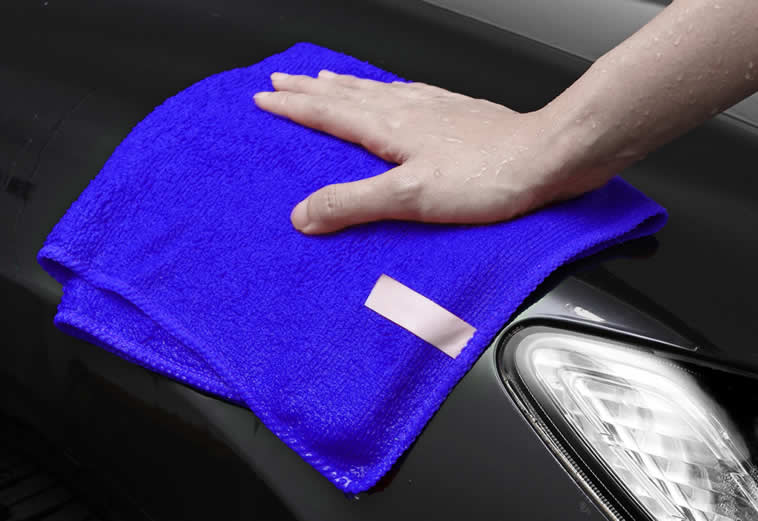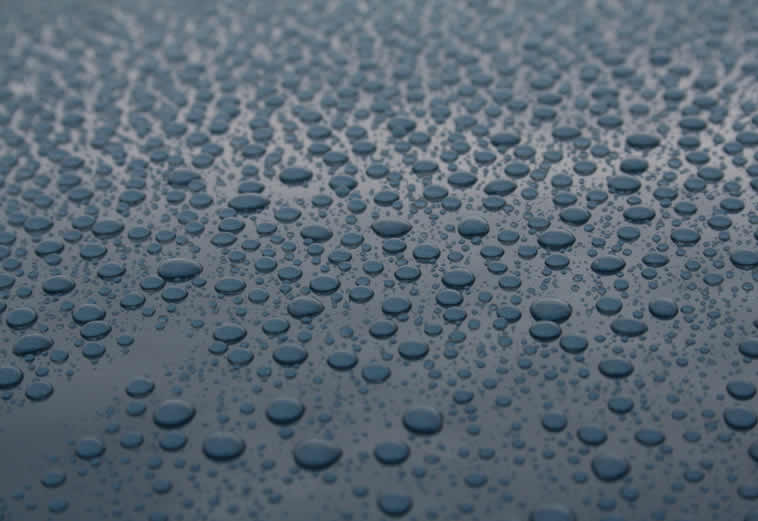To many of us it seems a straightforward enough task for washing the car. But have you ever washed your car and it ends up looking no cleaner than it did before?
You can achieve that ‘just driven off the showroom’ look for your car without a great deal of expense and with just a little time and care.
Keeping your car looking great helps you to feel good every time you take it out for a drive – it will help to retain its value that bit longer too. Here’s how you can protect your car’s paintwork and keep it looking like it has just been driven off the forecourt.
What can damage your car’s paintwork?
The following factors can really take the shine off your car.
- UV rays from the sun causing discoloration and fading
- Acid rain or salt water causing oxidation (or rust) and ‘spots’ on the paintwork
- Bird droppings which can stain and corrode the car if not quickly removed
- Paint chips caused by loose gravel from the road
- Scratches caused by brushing against the car, improper washing or drying
Fortunately most are preventable and all are treatable. Bird droppings, for example, are highly acidic and the best advice is to avoid parking under trees and to always remove the dropping as soon as possible with a wet tissue.
Washing your car Top Tips
It is ironic that the act of washing your car itself that can lead to most of those fine scratches that can mar the paintwork. You should avoid machine car washes which will get your car clean only at the cost of damaging its delicate paintwork. Here are the seven steps on how to wash a car.
- Washing-up liquid is for dishes only – if it is used on your car it will dull the paint and cloud its finish. Pick up some car wash soap that is designed to clean dirt and grime without stripping the protective waxes and other compounds that give your car its shine.
- Rinse the car down to remove grit and dirt that could be ground in to your car as you wash. Use a hose on its finest setting to avoid a powerful spray embedding dirt deeper and scratching your car.
- A mitt rather than a sponge is best to clean with – it will help you to avoid dragging the dust and dirt that adheres to the surface of sponges and can scratch your paint.
- You will need two buckets. One with your wash solution in and the other with just clean water to rinse off your mitt.
- Always work from the top down to avoid moving dirt from the dirtier, lower part of the car to the cleaner top. Always use side-to-side strokes and light pressure.
- When finished rinse the car off once more.
- Leaving your car to dry in the sun will leave a patchy effect on its paint so dry it down with a microfibre towel, which is more absorbent than the traditional chamois leather.

Finishing touches: polish and wax
Polishing your car and waxing it are not the same. A polish will help get rid of surface abrasions in your paint, while waxing will ‘fill them in’ and make everything shiny. You should wax and polish your car sparingly as doing it too often and using too much wax or polish can do more harm than good. Remember that wax and polish restore the look of your car by gently removing the top layer of your car’s paint, so be sparing when applying.
A wax and polish should be applied roughly every three months. You can always tell when a car needs polishing, as water no longer ‘beads’ on the paintwork. Waxing is like giving your car a sheet of armour that protects it from many of the dangers of the environment.
You should polish first and then wax as this makes the wax easier to remove. Apply both in the same way by using a cotton fabric gently rub polish on and then using a different, very clean cloth wipe the material off of the paint working on one side of the car at a time. A good polish and wax will remove scratch marks, give your car an even colour and restore the lustre, gloss and shine to its paint.

Tricks of the trade: touch-up paint and detailing clay
Some further tricks of the trade to finish your car off perfectly are touching up parts where paint has been removed and making the whole of the paintwork as smooth and shiny as glass with detailing clay.
If you are touching up paint make sure you match the colour exactly: you will need the year, make and model of your car to do this. Clean the area on your car and clear any chipped or cracked paint. You need to sand down the area and a nick sander is perfect for small areas. It is like a pen with a small sandpaper tip.
You should use super-fine grade sandpaper with a rating of 600 or higher for this. Wipe off sanding dust and grit with a clean cloth. Use a small artist’s detail brush to smoothly fill in the shallow scratch or ding with touch-up paint. Alternatively you can use a toothpick which helps you apply paint precisely without being in danger of having too much on your ‘brush’. Sand your touch-up work down when dry to achieve a smooth, blended in finish.
If the paint of your car is very scratched and tired looking you may wish to use detailing clay before you polish and wax. Once the secret tool of professionals this miracle worker is now available widely. In the box you get a spray bottle of lubricant and a small bar of clay.
You should break off a third of the bar of clay and spray the lubricant onto a small patch of your car’s bodywork. Applying very light pressure move the clay back and forth: you will feel it stick and then release as it removes all those contaminants (tree sap, road dirt, bird droppings) that regular washing can leave behind. It is a long job to do the whole car but you will be left with paintwork as smooth as a baby’s bottom and as shiny as new glass. Remember though that this also removes any polish on your car so you will need to polish after you have finished.
Looking good!
It doesn’t take too much to transform a faded and scratched car into one that looks like it has just been driven off forecourt. With a little bit of care, and a bit of know-how, your car can look shiny and new for years to come.
Car cleaning tips
- Washing up liquid leaves the paintwork dull and streaky. Use a proper car wash soap
- Rinse the car initially to remove excess dirt and grit
- Use a car washing mitt instead of a sponge
- Wash the car using 2 buckets. One with the soap solution and the other for rinsing
- Avoid washing in direct sunlight
